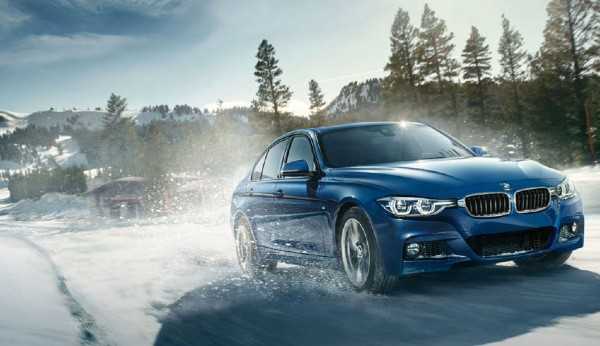Winter weather can create challenging and dangerous driving conditions. Snow, ice, and decreased visibility require drivers to adapt their habits to stay safe. Whether you`re facing a light snowfall or a massive blizzard, these 10 tips will help you navigate the roads during the colder months.

1. Winterize Your Car
Before winter sets in, make sure your vehicle is ready for the season. This includes checking:
- the battery
- Antifreeze levels
- Heater
- Defroster
- Wipers
- Brakes.
Install winter tires for improved traction and handling on snow and ice.
2. Keep an Emergency Kit
Pack your car with an emergency kit that includes items like blankets, a flashlight, a first-aid kit, extra clothes, a snow shovel and scraper, jumper cables, and non-perishable snacks.
3. Slow Down
Reduced speed is key in maintaining control on icy or snowy roads. Adjust your speed to the conditions and remember that posted speed limits are designed for clear, dry roads.
4. Increase Following Distance
On winter roads, increase your following distance from the usual three to four seconds to eight to ten seconds. This increased margin of safety provides a longer stopping distance and greatly reduces the chances of a car accident.
5. Avoid Sudden Movements
Abrupt steering, accelerating, or braking can lead to skids. Use gentle, slow movements to retain control of your vehicle.
6. Know How to Handle Skids
When facing a skid on icy or slippery roads, maintaining composure is crucial. It’s natural to feel alarmed, but panicking can worsen the situation. Here are steps to handle skids:
- Stay Calm: The initial reaction when your car skids might be to panic. However, it’s essential to remain calm and focused to regain control.
- Steer into the Skid: If your vehicle’s rear end slides to the right, gently steer in that direction. If it skids left, steer left. The aim is to align your wheels with the direction of the skid. This helps to straighten the vehicle and regain traction.
- Avoid Braking Suddenly: Resist the temptation to slam on the brakes, as this can lock the wheels and make the skid more severe. Instead, ease off the accelerator gradually.
- Maintain Focus: Keep your eyes on the road and look where you want to go. Steer smoothly in that direction to correct the skid.
- Be Patient: Skids might take a moment to correct. Allow the vehicle to slow down naturally while you regain control.
7. Clean Off Your Car
Remove all snow and ice from your vehicle, including the roof, windows, mirrors, lights, and hood. Flying snow and ice can obstruct your view and create hazards for other drivers.
8. Use Your Lights
Turn on your headlights to improve visibility, making it easier for you to see the road and for other drivers to see you.
When Not to Use High Beams or Fog Lights:
In Heavy Snow or Fog: While headlights are essential, high beams or fog lights can reflect off dense snow or fog, causing glare and reducing visibility. Instead, use low beams, as they provide better illumination without causing glare.
During Snow Flurries: If snow is lightly falling, high beams can reflect off the falling snowflakes, creating a dazzling effect. Stick to low beams to reduce glare and maintain visibility.
When Approaching Oncoming Traffic: Always switch from high beams to low beams when approaching or following other vehicles. High beams can blind drivers, especially in adverse weather conditions.
9. Plan Your Route
Before heading out, check the weather and traffic reports to plan your route. Consider main roads or highways that are more likely to be plowed and treated.
10. Allow Extra Time
Expect trips to take longer during winter weather. Leave early and give yourself plenty of time to reach your destination safely, without rushing.
Bonus Tip: Stay Informed, Stay Home
Whenever possible, avoid driving when winter weather warnings or advisories are in effect. No tip is more effective than staying off the roads during severe conditions. If you must travel, keep an eye on the weather reports and be informed about the conditions along your route.
By following these tips, you can increase your safety and the safety of others on the road during winter weather conditions. Remember, the best way to become a safer winter driver is through preparation and practice. Familiarize yourself with these tactics before inclement weather hits and drive cautiously to protect yourself and your fellow motorists.

